The Wonders of Japanese Movie Programs
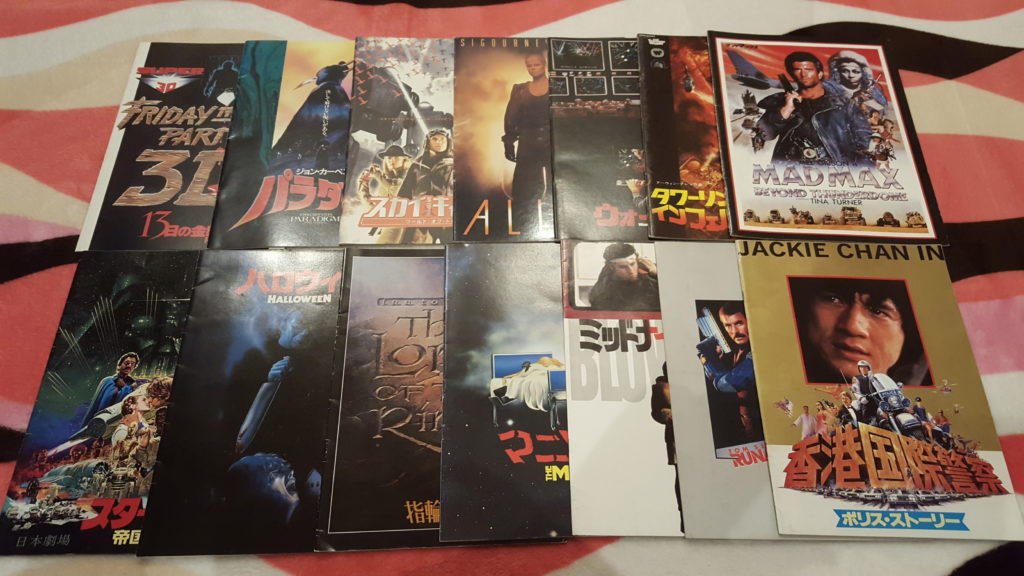
There are a lot of differences between going to the movies in Japan and going in the United States. For starters, tickets cost a heck of a lot more, usually upwards of $20, and the seats are assigned. Many theaters also have deluxe seats that offer anything from increased leg room to full-on private suites. The theater near me even has a private waiting area for premium members where champagne and chocolate are served. It all combines to create a feeling that turns going to the movies into more of an event, much like going to a live stage show or a concert.
And just like a live event, in Japan, movies often get their own specially made programs.
And they’re dope.
I have no idea how long Japanese distributors have been offering programs as a part of the movie-going experience, but I have some going back to the 1960s, so I assume it’s been for the majority of the post-war era, if not longer. These programs can often be treasure troves for movie geeks, with their abundance of production stills and behind-the-scenes information (albeit entirely in Japanese). And they don’t just cover the stars, here are profiles for the producers of Jaws 2.
From what I can tell, nearly every film that’s released in Japan gets a program, not just the big-budget epics and and action pictures. Whenever I browse through a selection of them at a used book store or record shop, I often see programs for quiet dramas like On Golden Pond and Terms of Endearment alongside booklets for movies you’d expect to find, like Indiana Jones and countless Jackie Chan pictures.
Even if you can’t read Japanese (I sure as hell can’t) there’s a lot to enjoy by flipping through these old things. Often the covers alone make them worth the purchase for me. Many feature poster designs that were rarely seen outside of Japan.
Check out this amazing one for Willard, the 1971 killer rat classic.
And the entirely original, and extremely Japanese reworking of the Halloween poster is downright amazing.
The cover for A Clockwork Orange is pretty radical as well, replacing the rather simplistic US design for something far more over-the-top.
Making sparse images busier seems to be commonplace for Japanese posters, check out this cover image for Magnum Force, the background images weren’t present in most Western posters and title treatments. The result is more chaotic, but also more visually arresting in my opinion.
If you can read katakana, you might also notice that the title of the film was changed as well, going from Magnum Force to Magnum Force: Dirty Harry 2. This was, and remains, a somewhat common practice in many foreign markets. Often movie titles in their native languages don’t make sense in another country, even when translated. The recent Martian was released in Japan as Odyssey, and the Fast & Furious franchise has been renamed Wild Speed.
Back in 1986, Aliens was given the subtitle of Alien 2. Why? Because the Japanese language doesn’t make use of plurals. To a Japanese person who can’t read English well, Alien and Aliens would sound exactly the same.
Prince Of Darkness was changed entirely to more obtuse Paradigm, and give a radical poster re-design as well. I wish the movie itself was half as dope as this image makes it out to be.
The unique and/or rare selections of artwork also occasionally make their way inside the books as well. The Gremlins program has this pretty fantastic drawing of Stripe.
Similarly, the Robocop program features some awesome black-and-white drawings of the titular character and his nemesis ED-209, complete with Japanese annotations detailing the specs and other aspects of each robotic crime-fighter.
Meanwhile, in the program for The Goonies, we’re treated to this great little illustration explaining how to avoid a deadly booby trap.
On an entirely different note, the program for Wild At Heart includes a single-page comic. If someone who can read Japanese wants to give this a go and translate it, be my guest.
These little bits of art are great and fun, but sometimes big showpieces come along that put everything else to shame. Check out this amazing Mad Max illustration, which I think was done exclusively for this movie program my the manga artist Go Nagai, known for his work on Cutie Honey. I hope to get this scanned in a higher resolution someday and share it that way.
Equally cool is this giant fold-out poster of the Enterprise that came with the program to Star Trek 4. It’s huge, click on it.
Surprisingly though, some of the most fun I’ve had with these programs has come from looking at the ads for the movies’ merchandise. Here’s an ad for the soundtrack to Fright Night. I would love to find a copy of that tape, maybe it sounds better than the lousy glow-in-the-dark soundtrack I bought a few months back.
Inside the Godzilla vs. Mothra program are, what else, ads for Godzilla figures.
Ghostbusters goods! Ghostbusters fanny packs!
The Robocop program includes some ads for airsoft guns based on the gun from Cobra! Holy shit! Like most Japanese airsoft guns, it looks 100% real and would get you killed by a cop in America in five seconds. Don’t go to Cleveland with these.
Sometimes the ads in the book have little or nothing to do with the movie itself. For example, I bought a program for historical drama based on an old Chinese story. Don’t even ask me the name of the movie. I forgot. I didn’t buy the program because I cared about the movie. I bought it solely for the ad on the back page.
It’s really amazing.
Seriously.
Are you ready?
I don’t think you are, but here you go:
That’s George Lucas, an Ewok and Chewbacca riding a home satellite dish.
Japan.
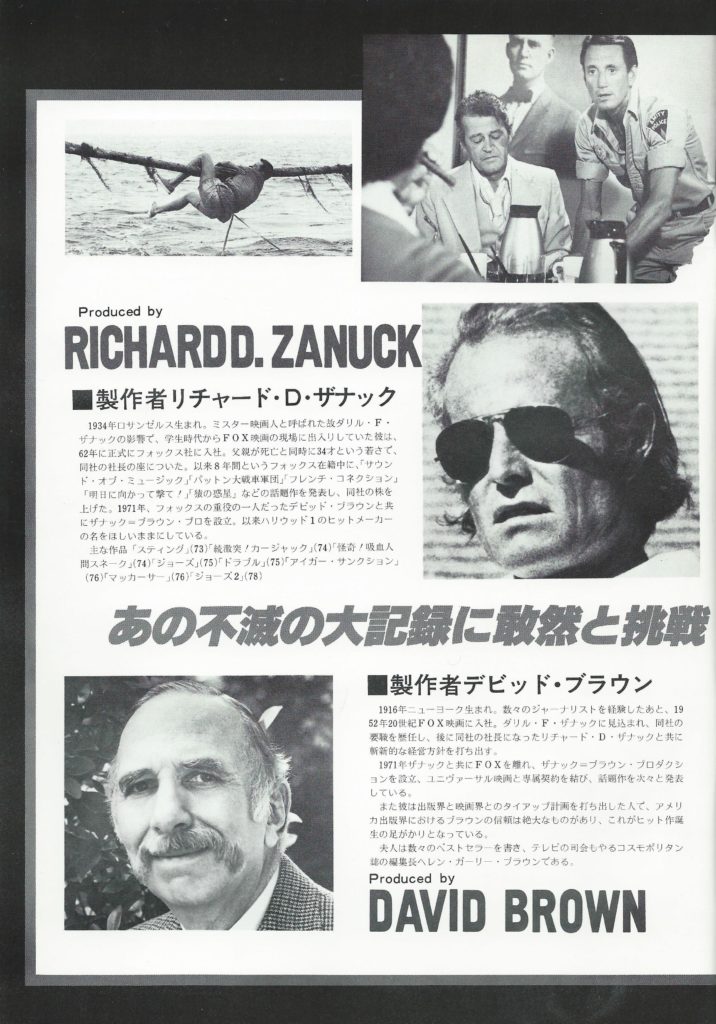
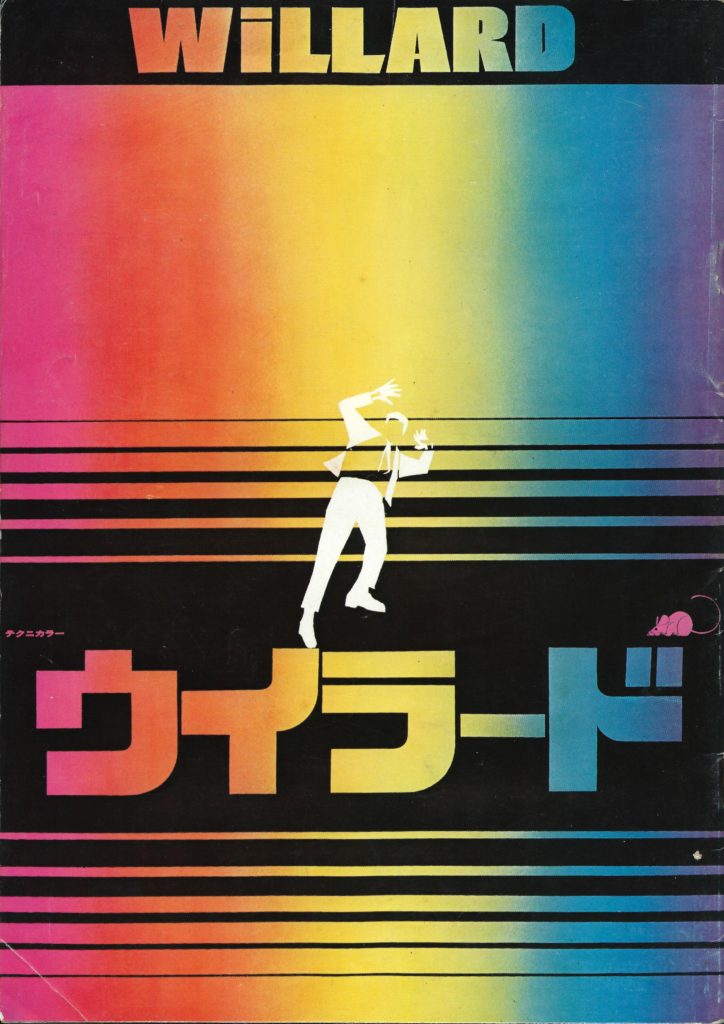
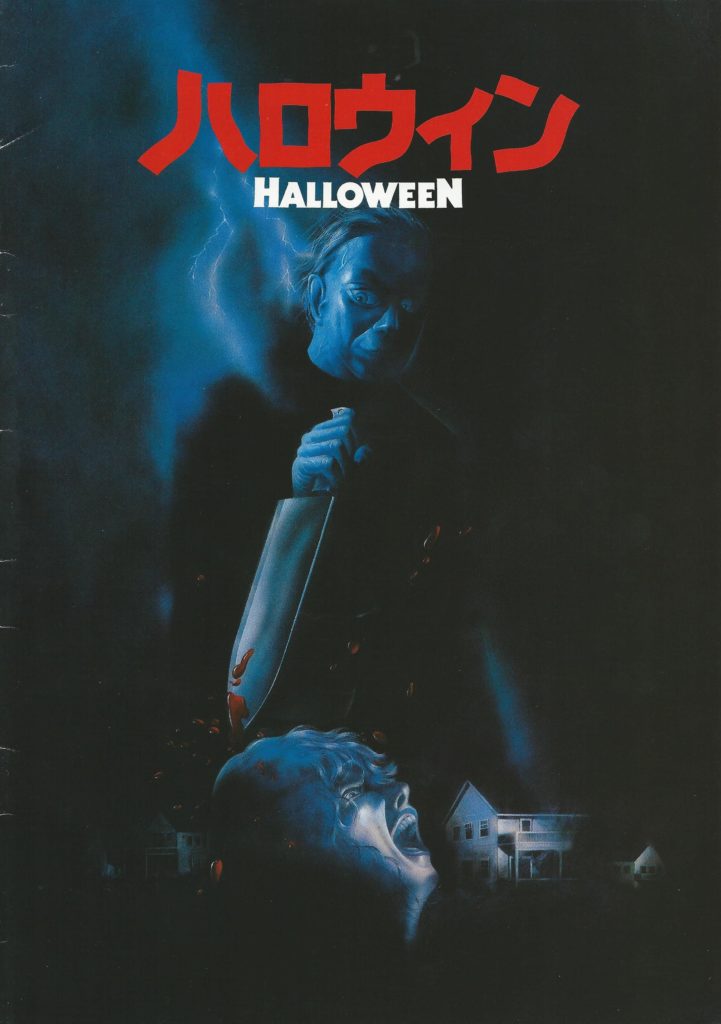
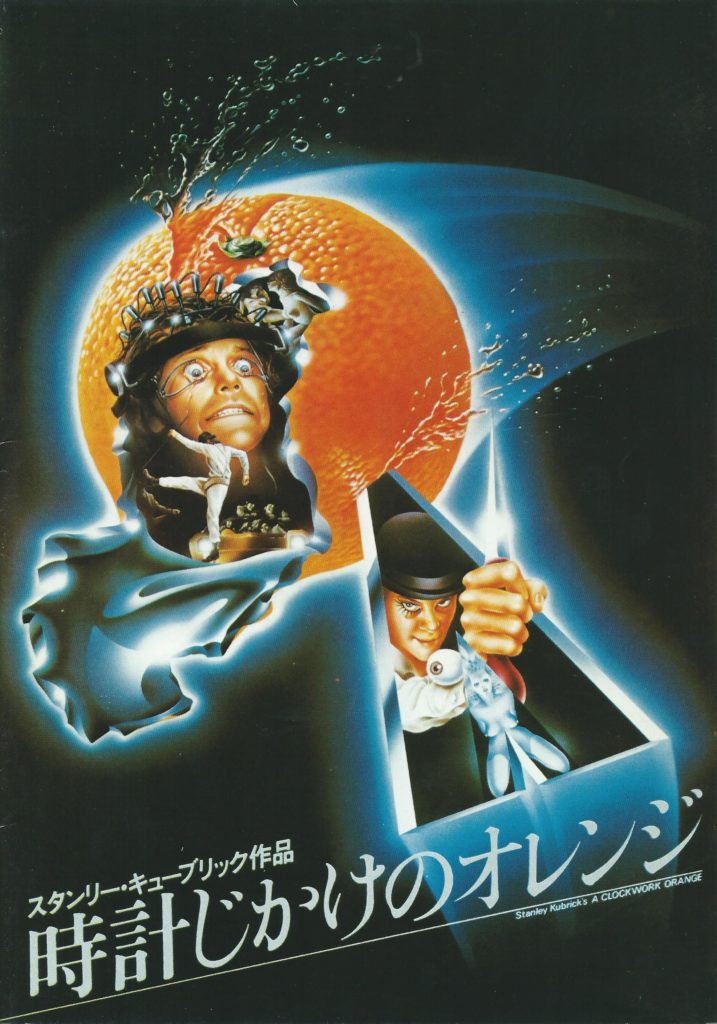
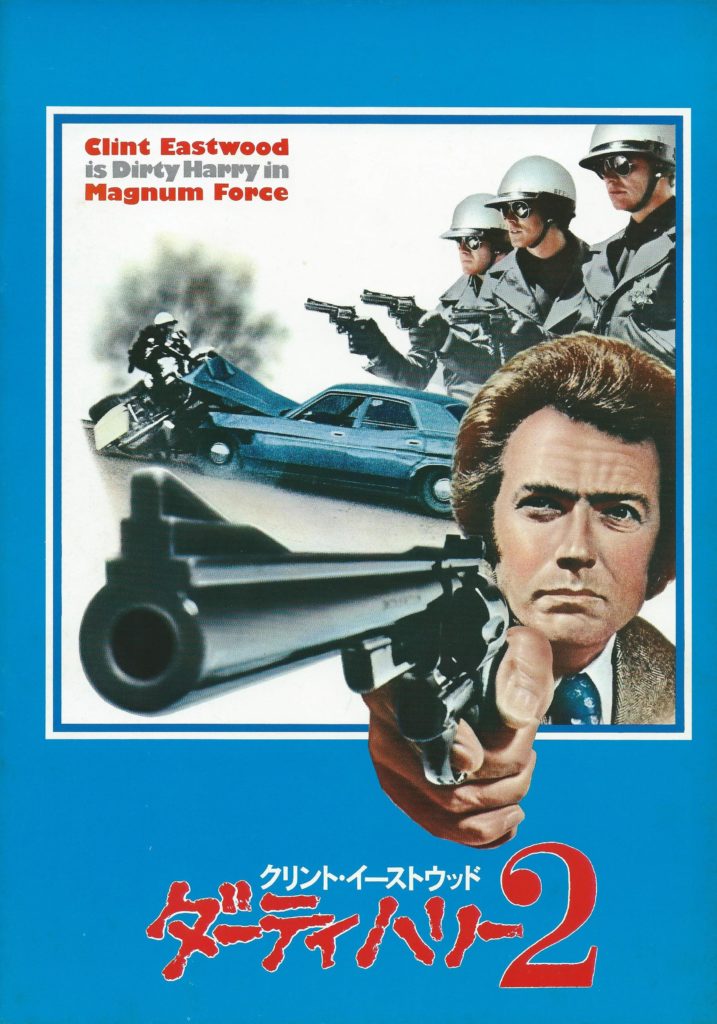
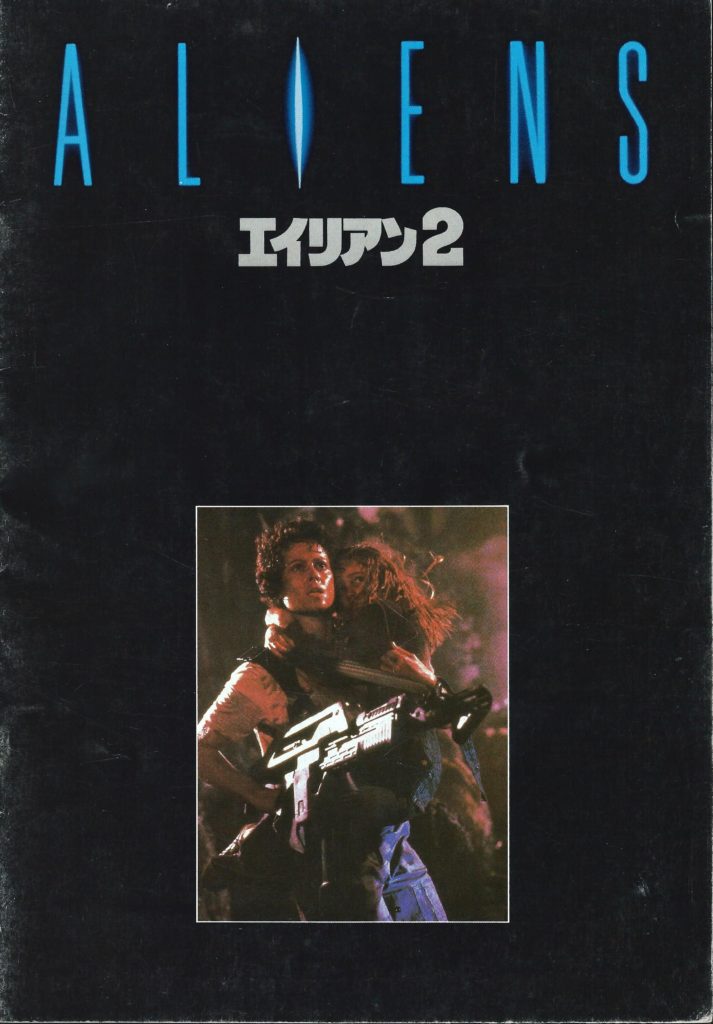
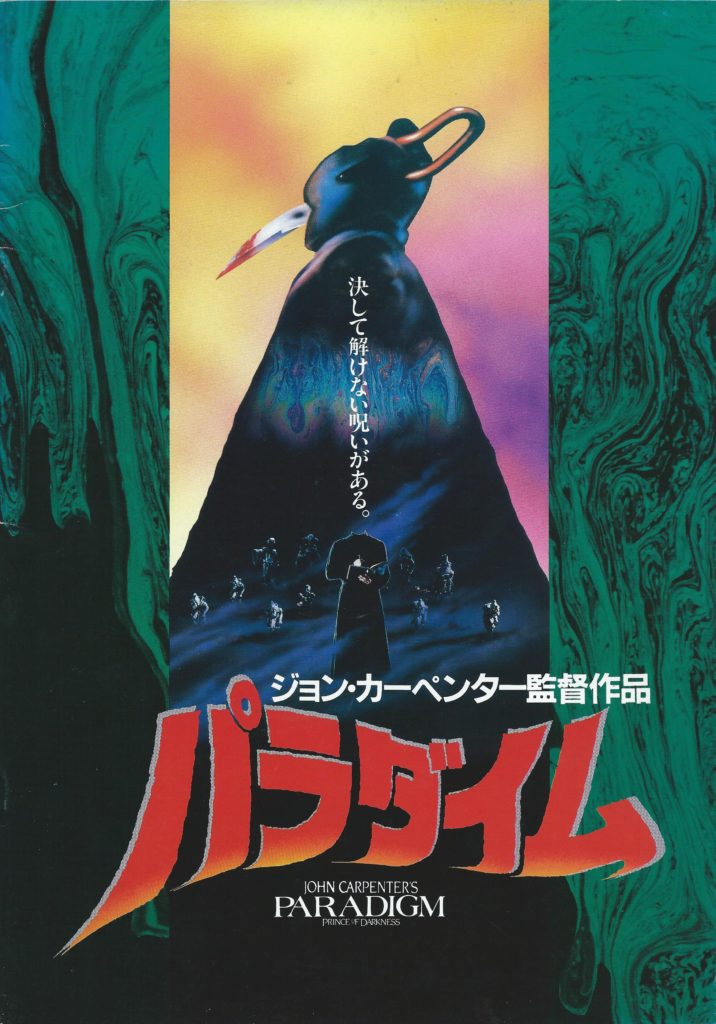
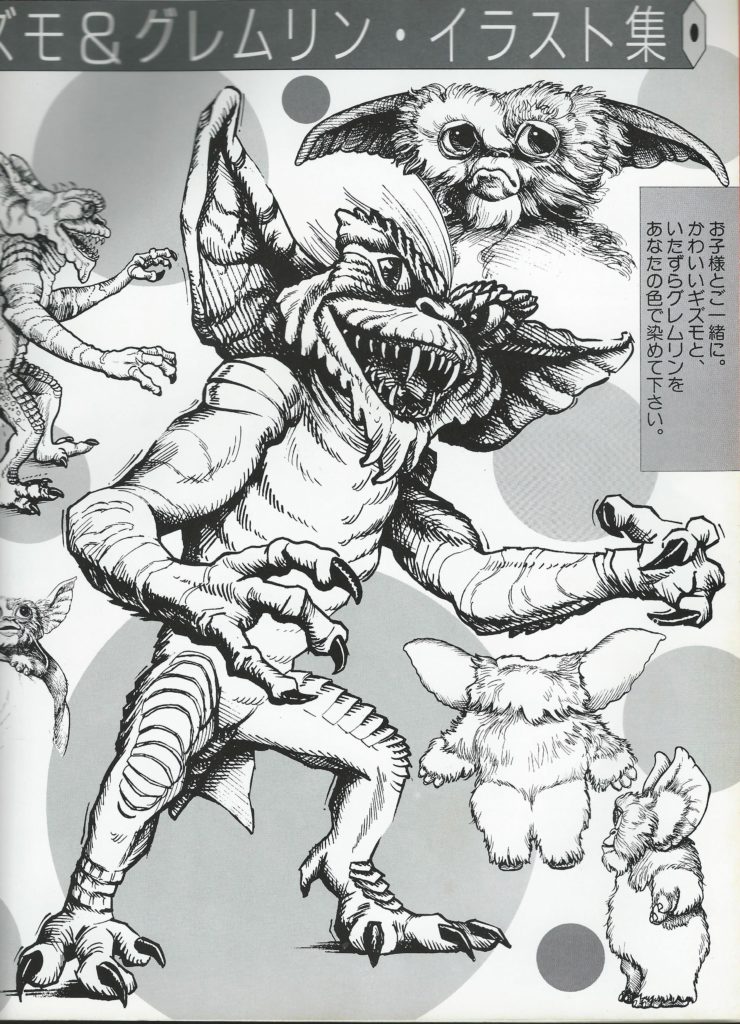
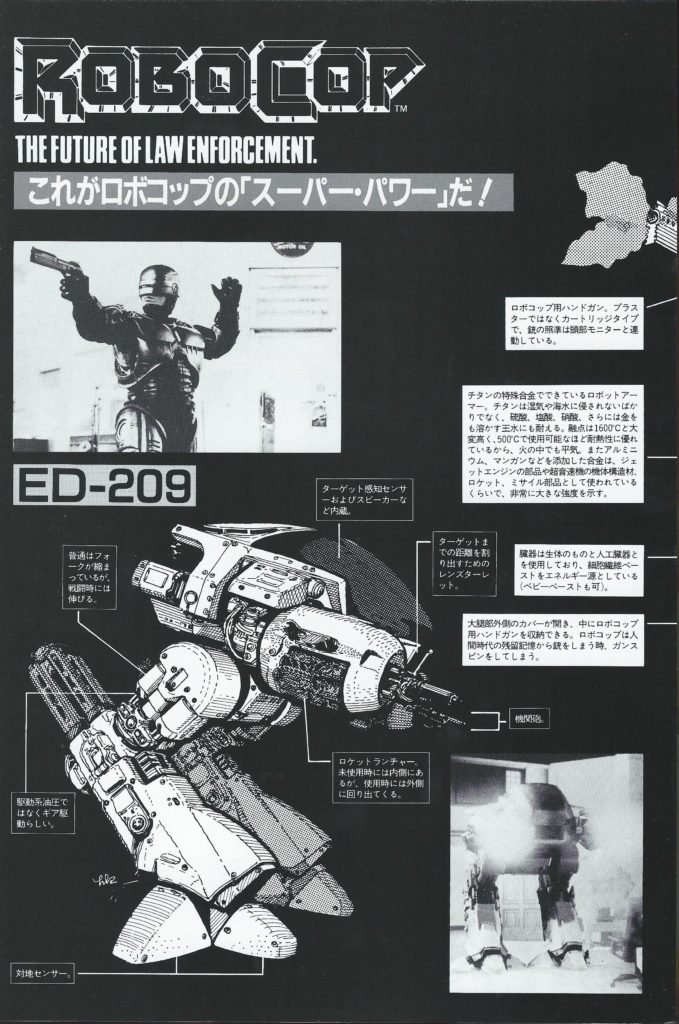
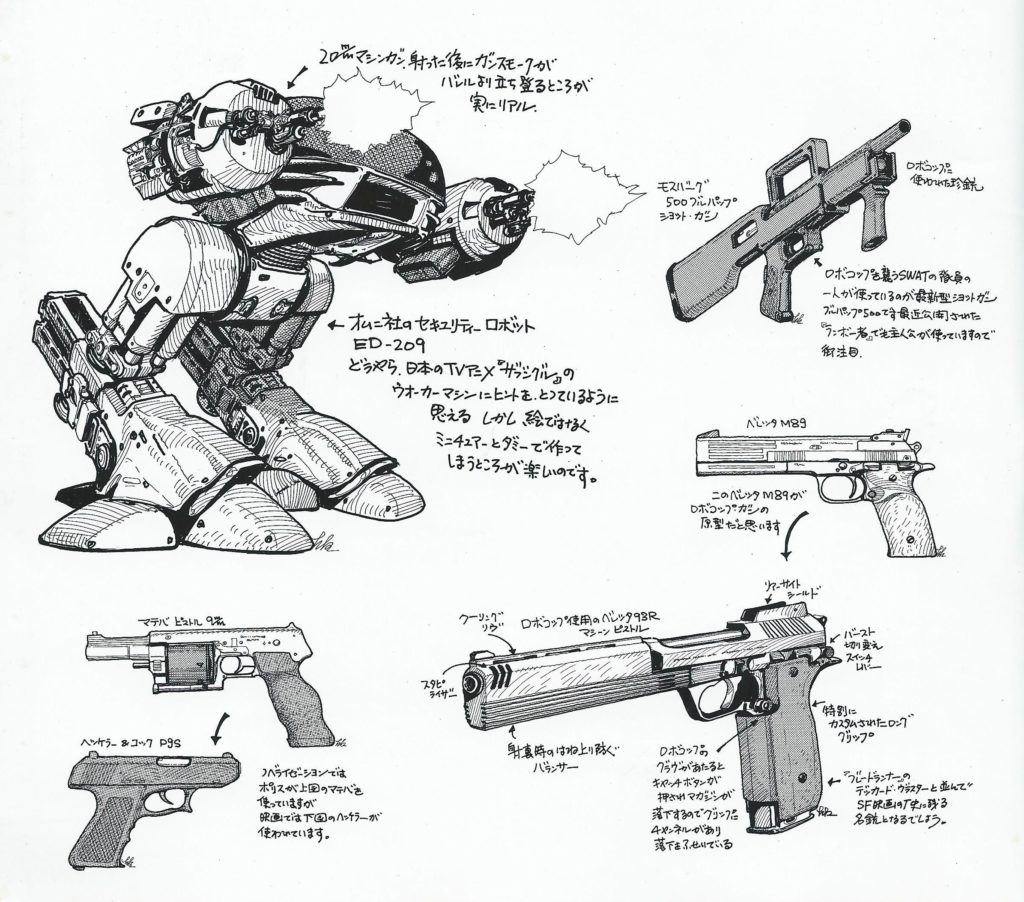
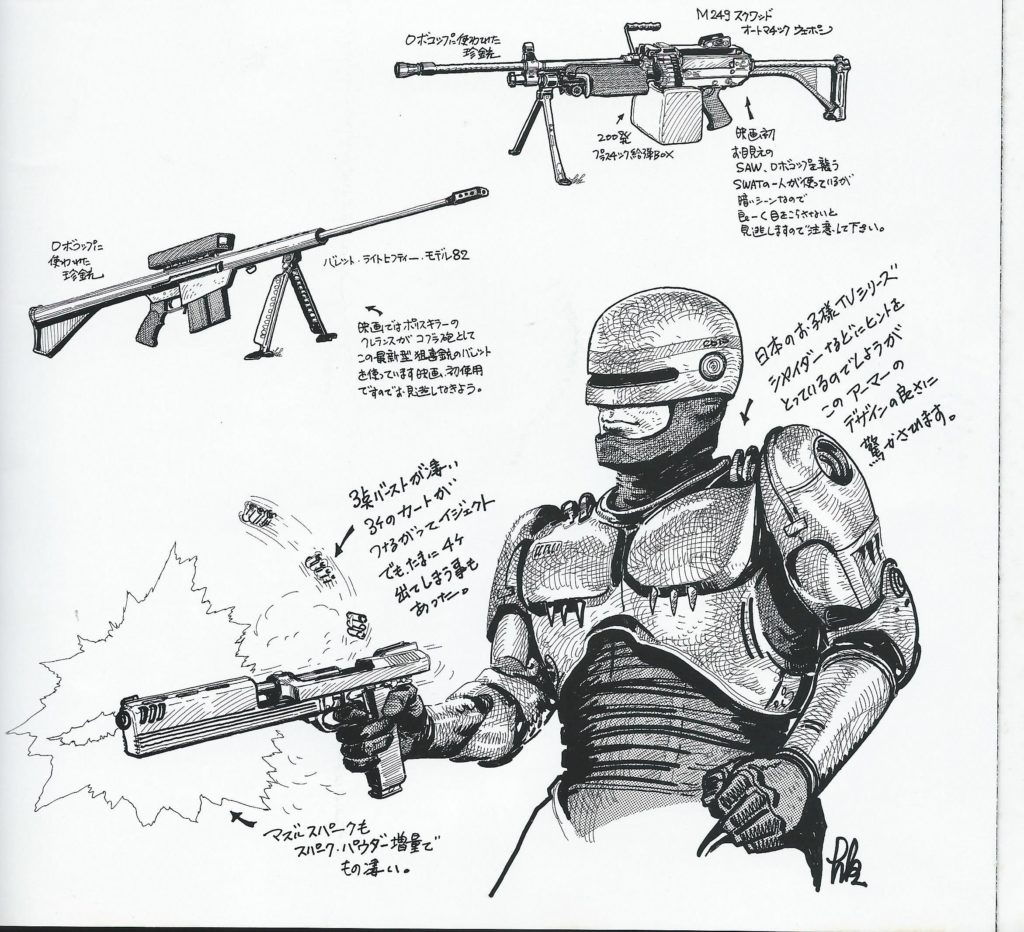

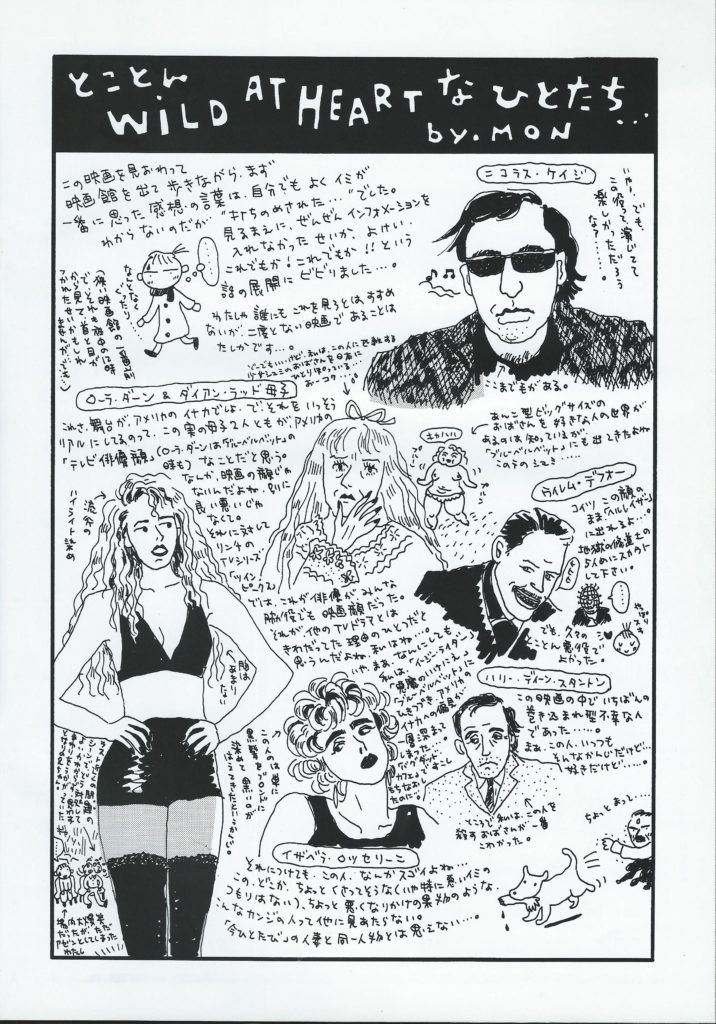
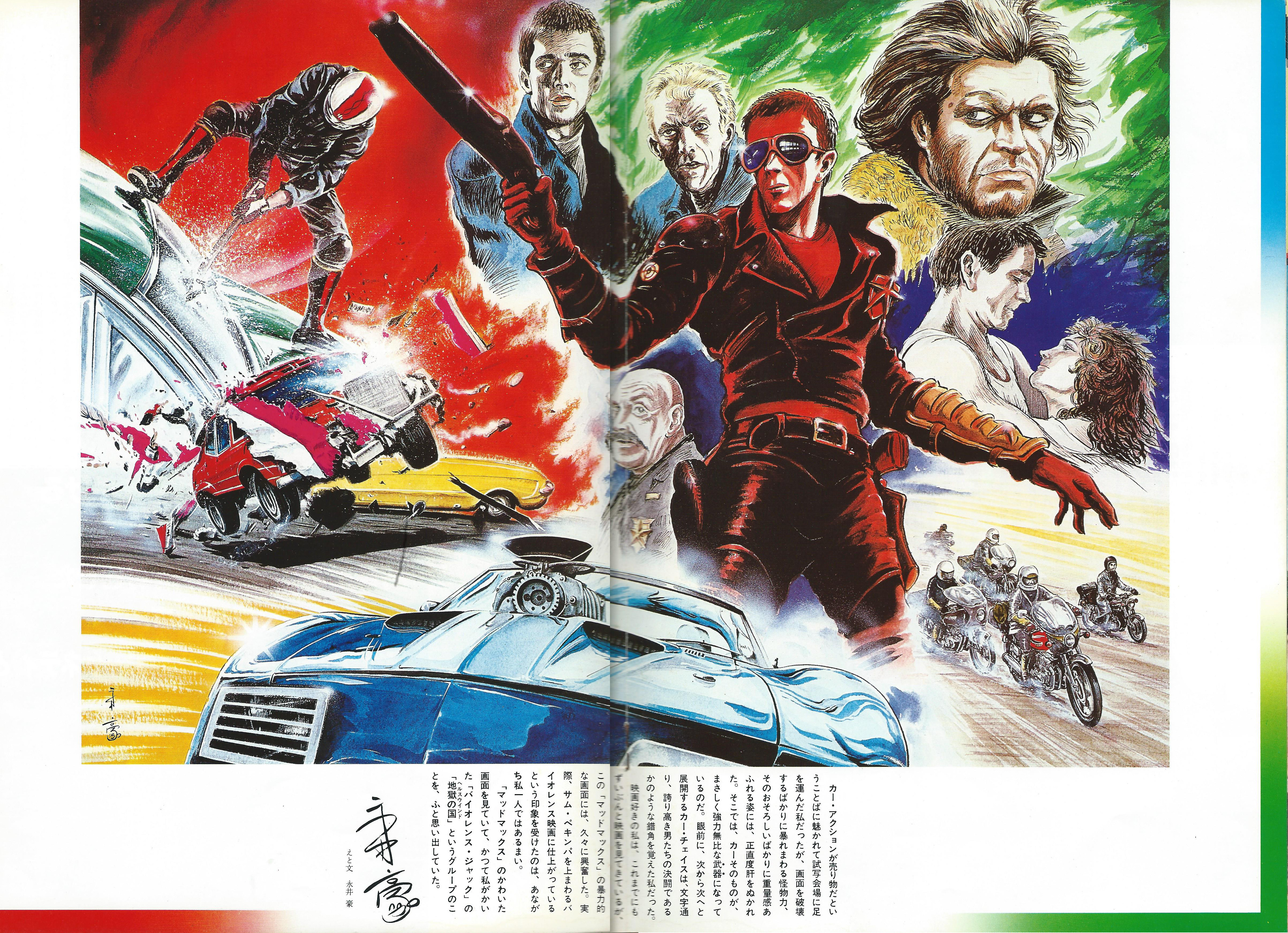
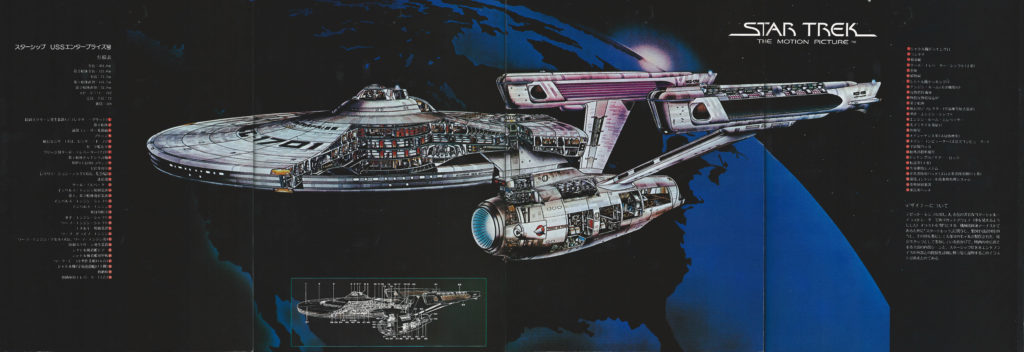

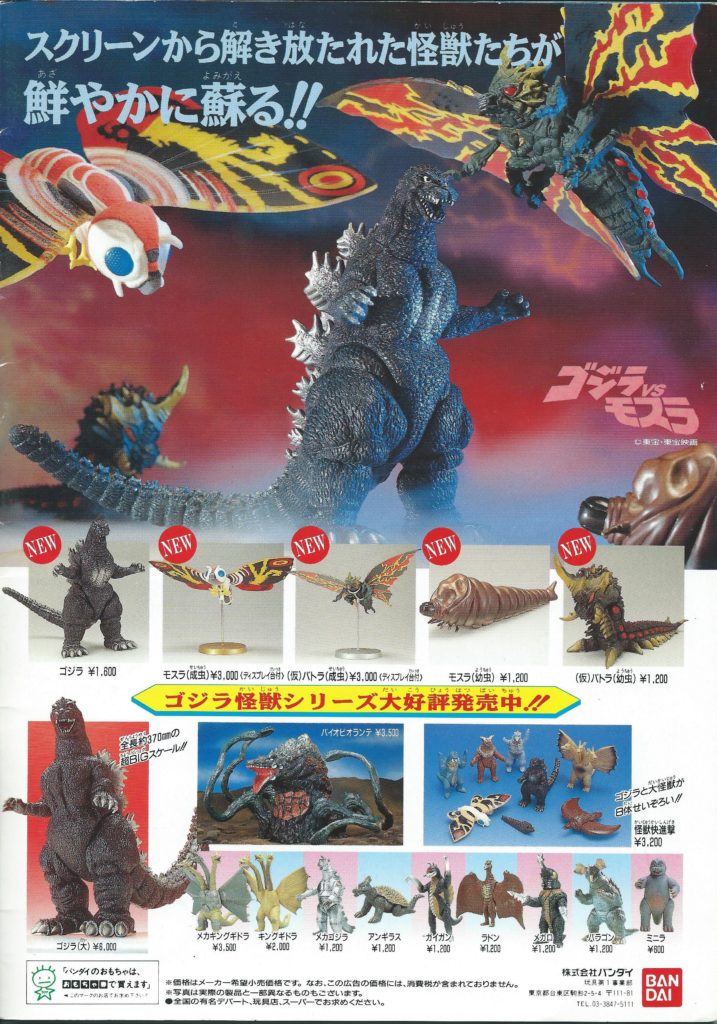
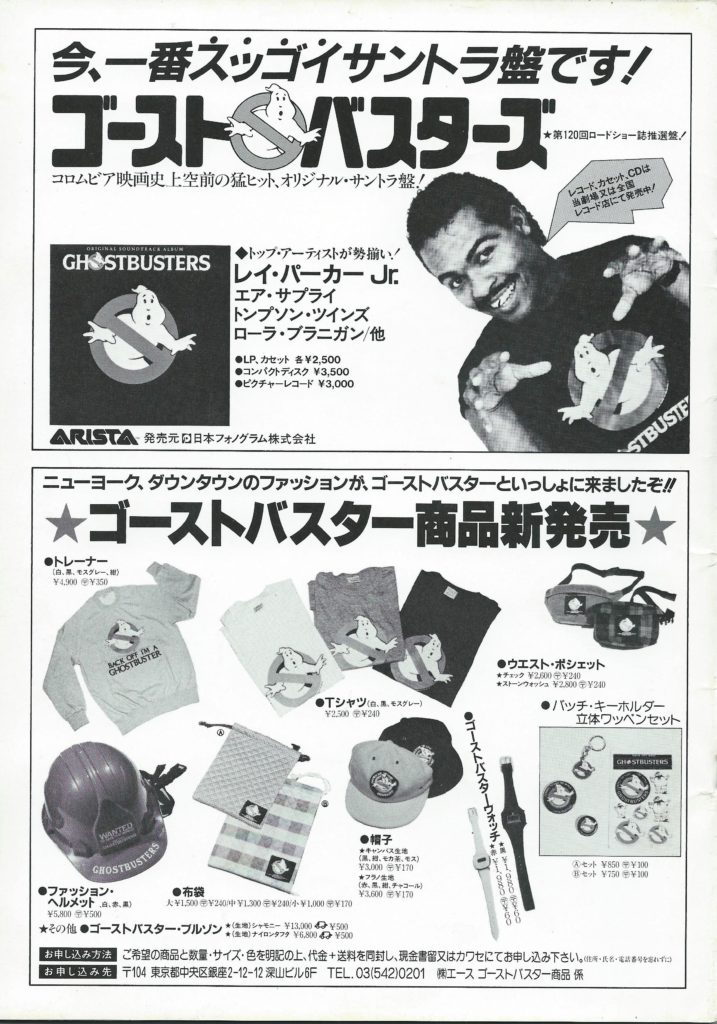

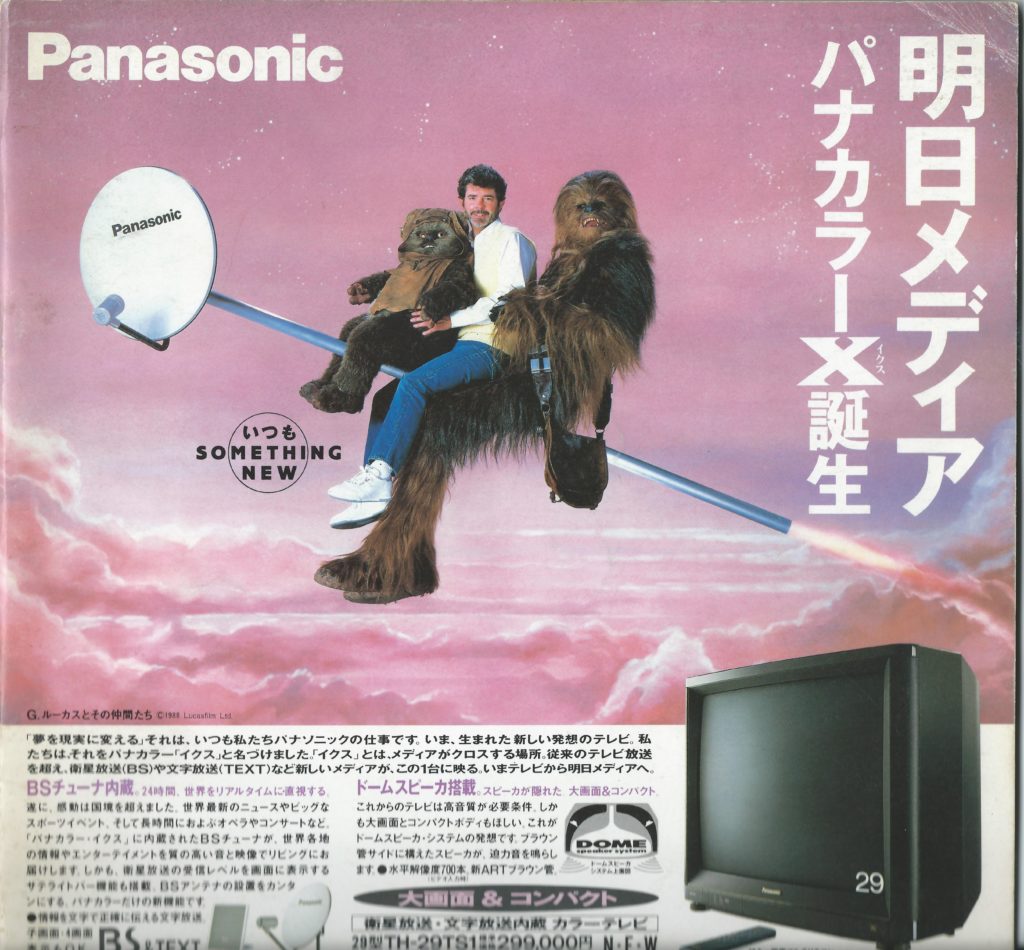
Leave a Reply